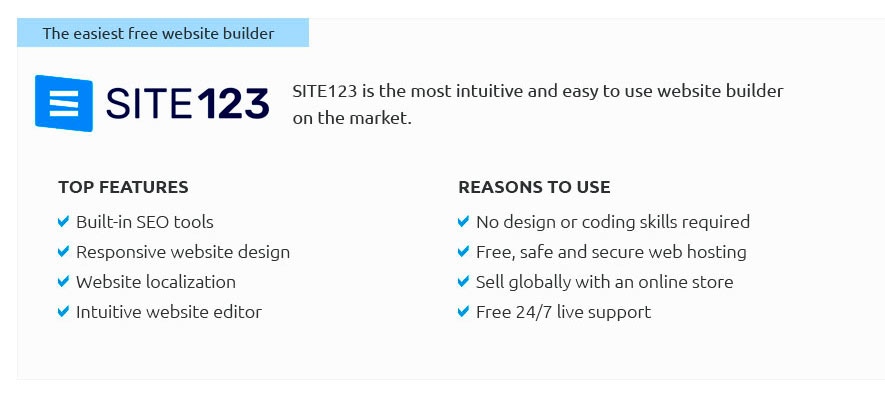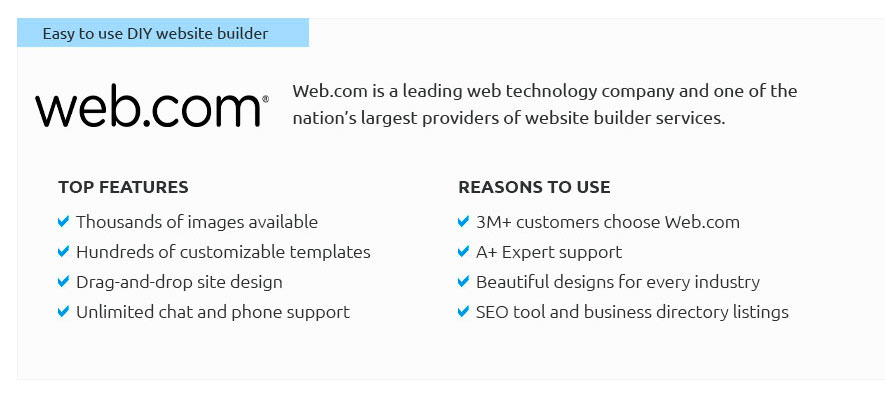 |
 |
 |
 |
|
 |
 |
 |
|
 |
|
 |
 |
|
 |
|
 |
|
 |
 |
How to Start Up Your Own WebsiteIn today's digital age, creating a website is not just a technical endeavor but a journey of self-expression and entrepreneurship. Whether you are looking to showcase your portfolio, start a blog, or launch an e-commerce store, having your own corner of the internet can be incredibly rewarding. This guide will walk you through the essential steps to bring your website vision to life. Firstly, it's crucial to define your purpose. Ask yourself: What do I want to achieve with my website? Having a clear goal will guide every decision you make, from design to content strategy. Once your purpose is clear, the next step is to choose a domain name. Your domain is your online address, so it should be memorable and reflective of your brand or personal identity. Aim for something concise, easy to spell, and preferably with a .com extension, as it is most recognized. After securing your domain, you'll need to select a web hosting service. This is where your website's files will be stored and accessed by visitors. There are many hosting providers, each offering different levels of service, speed, and support. Do some research to find a host that suits your needs and budget. If you're just starting, shared hosting is a cost-effective choice, but as your site grows, you might consider VPS or dedicated hosting for more resources and control. With your hosting in place, it's time to design your website. Thanks to platforms like WordPress, Wix, and Squarespace, you don't need advanced coding skills to build a beautiful site. These platforms offer intuitive drag-and-drop interfaces and a plethora of templates that can be customized to match your vision. However, if you have a specific design in mind, hiring a professional web designer might be worthwhile to bring your unique concept to life. As you design, keep user experience (UX) at the forefront. A well-designed website is not just visually appealing but also easy to navigate. Use clear calls to action, ensure your site is mobile-responsive, and optimize loading speeds to enhance the overall experience. Moreover, don't underestimate the power of content. Engaging, valuable content can attract and retain visitors, so take the time to craft your pages thoughtfully. Consider starting a blog or creating a content calendar to keep your site fresh and relevant. Once your site is live, the work doesn't stop. You'll need to promote your website to reach your audience. Utilize social media, SEO strategies, and email marketing to drive traffic. Monitor your website's analytics to understand visitor behavior and make data-driven decisions to improve performance. Remember, a website is a living entity that evolves over time, so be prepared to adapt and grow with it. In conclusion, starting your own website is an exciting endeavor that combines creativity with technical know-how. While the process can seem daunting at first, breaking it down into manageable steps makes it achievable. By defining your purpose, choosing the right domain and host, designing with UX in mind, and continuously promoting and improving your site, you'll be well on your way to establishing a successful online presence. As you embark on this journey, embrace the learning curve and enjoy the creative freedom that comes with owning a piece of the web. https://websitesetup.org/
Step 1: Login and choose your website theme/template - Step 2: Create website structure and add pages - Step 3: Add pages and publish content. https://www.website.com/
Sign up for a website builder plan and start with a pre-built layout. - Add your own images, logos, and text to build your brand. - Add or remove sections to ... https://www.weebly.com/
Whether it's at a pop-up shop or your own online store, Square takes care of ...
|